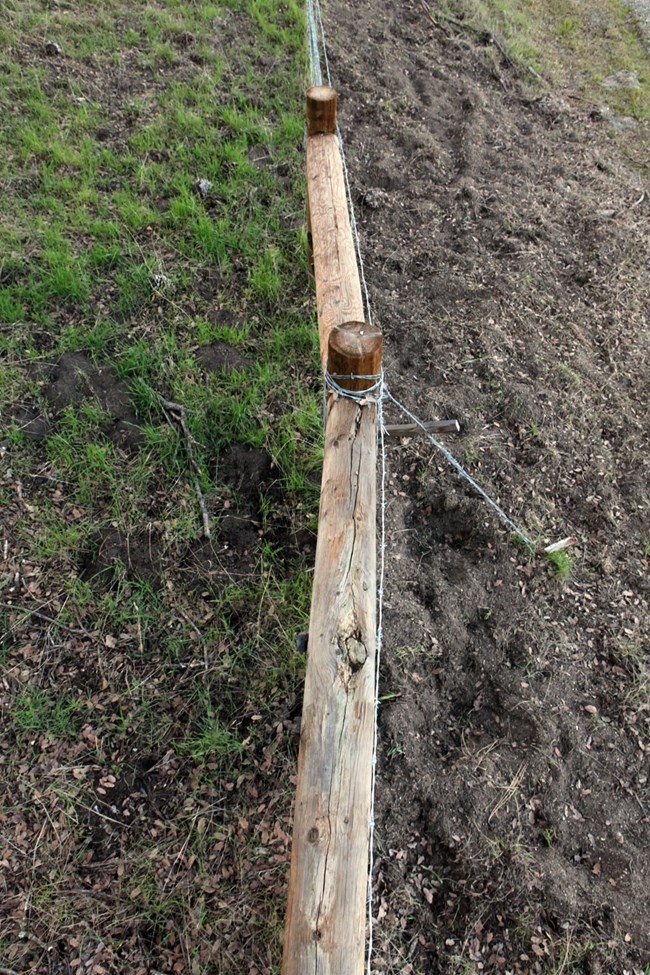
Staff in parks use a variety of tactics to protect national parks from the effects of invasive animals.
Prevention is one of the most cost-effective and successful tactics of invasive species management the National Park Service uses. Prevention requires that we understand how invasive animals are being moved around, and how we can stop them. In fact, it's everyone’s responsibility to ensure they aren't spreading invasive species. See What You Can Do: Prevention for more information on the steps you can take to prevent species from spreading.
Early Detection/Rapid Response (EDRR) is a technical term often used by invasive species managers. This tactic requires regular monitoring of sites where invasive species may next show up. If an invasive species is detected, a pre-planned response goes into action to remove the species while there are still only a few individuals. This is the second most cost-effective and successful tactic being used by the National Park Service.
Long-term control and eradication is the tactic used when prevention and EDRR fail. This occurs after an invasive species is established at a site that can support a population over a long period of time. Sometimes the goal of this tactic is to completely eradicate the species, but where this is not possible, managers try to control a species so that it does as little harm as possible to the park and visitors. Long-term control and eradication is the most expensive tactic, and is not as likely to be as fully successful as prevention and EDRR. However, because our goal at the National Park Service is to protect resources within the parks, this is still an important tactic for us to use.
Last updated: May 12, 2021
